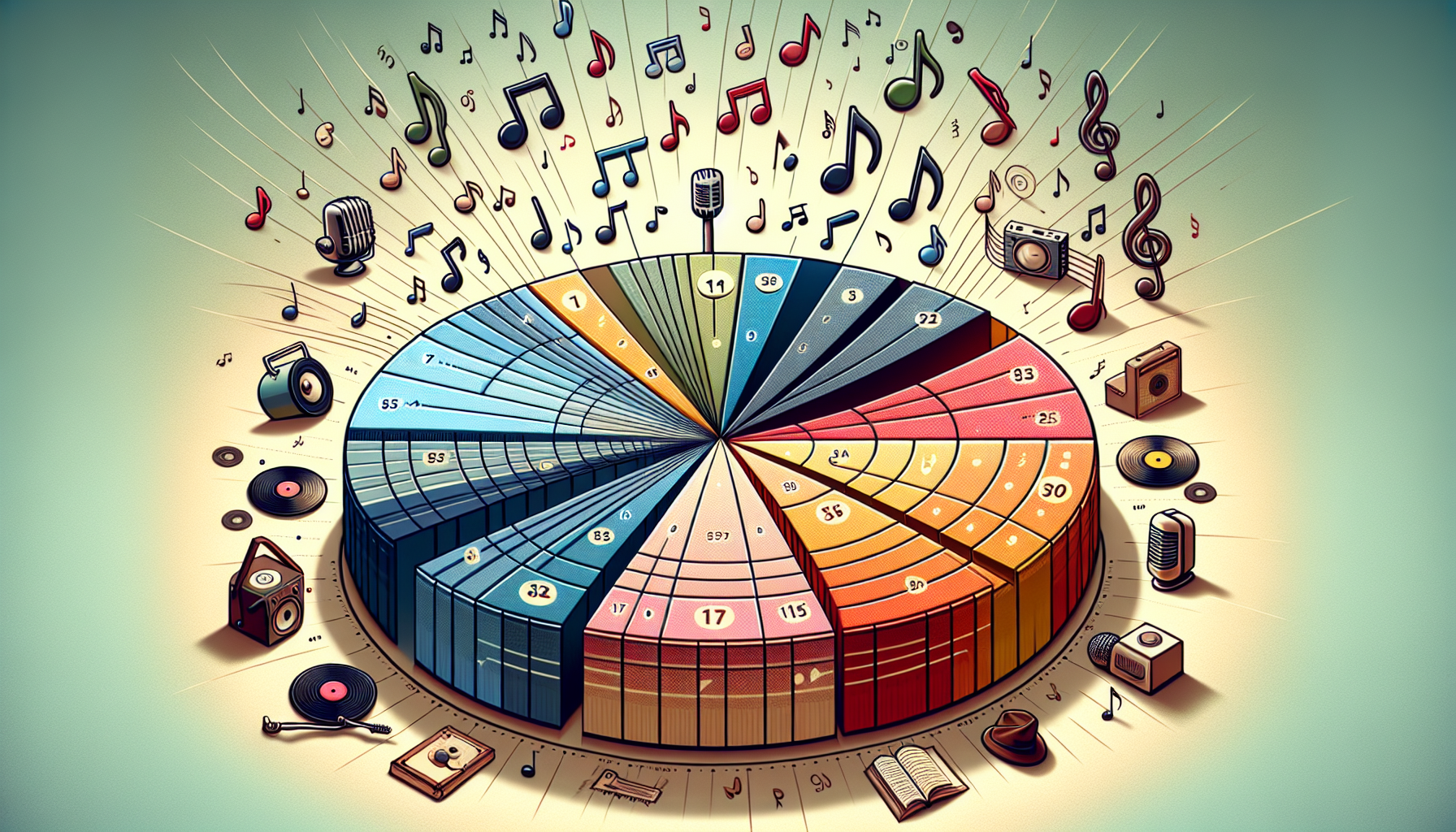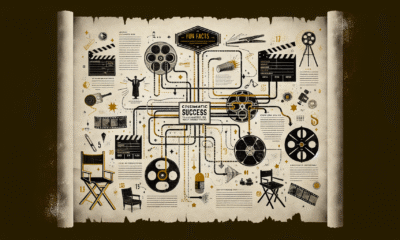Entertainment
Harmonizing Branding: What Popular Songs Teach Us About Emotional Marketing

Ever wonder why some brands stick in your mind long after you’ve seen their ads? It’s not just catchy jingles or flashy graphics; it’s all about emotional marketing! Think of your favorite songs. They evoke feelings, tell stories, and connect with you on a personal level. Let’s dive into how popular music can teach us valuable lessons about building emotional connections through branding.
The Power of Emotion in Marketing
In today’s hyper-competitive landscape, emotional marketing isn’t just a trend—it’s a strategy. A 2017 study revealed that ads with emotional content performed twice as well as those with rational content (Nielsen). So, what can businesses learn from music, a universal language that taps right into our hearts?
1. Relatability is Key
Have you ever belted out lyrics to a song that just “gets” you? That’s relatability in action. Think about how iconic tracks like “Someone Like You” by Adele resonate with heartbreak. Adele’s ability to convey vulnerability allows listeners to connect personally.
Brand Takeaway: Your audience needs to feel understood. Share stories that reflect their experiences, fears, and desires. If people can see themselves in your content, they’re more likely to engage with your brand.
2. Create a Sense of Community
Ever been at a concert and felt like you were part of something bigger? That’s because music has an unparalleled ability to foster community. Songs like “We Are the Champions” by Queen unite audiences through shared experiences and collective feeling.
Brand Takeaway: Build a community around your brand. Use platforms like social media to create a space where customers can interact and share their stories. Ask for user-generated content related to your brand, and make them feel like they’re part of your journey.
3. Craft a Narrative
Songs often follow a storyline that captivates listeners. Take “Lose Yourself” by Eminem. It’s not just about rapping; it’s about seizing opportunities and overcoming adversity. This narrative quality can elevate a song from good to epic.
Brand Takeaway: Tell a story through your branding. This could be the history of your brand, customer success stories, or even a day-in-the-life series showcasing your products. A well-told story helps consumers feel a deeper connection, leading to emotional investment in your brand.
Harnessing the Right Mood with Music
4. The Right Soundtrack
You know how a good playlist can set the mood for an entire event? Similarly, brands can harness music to evoke specific emotions or reactions. Coca-Cola’s clever use of jingles and upbeat songs can instantly uplift viewers’ spirits.
Brand Takeaway: Choose music wisely in your ads. Whether it’s an uplifting pop tune or an emotional ballad, ensure that your song aligns with your brand’s ethos and the message you’re trying to convey.
5. Visual Storytelling and Sound
Visuals combined with catchy tunes are a recipe for success. Think of Pharrell Williams’ “Happy”; the vibrant visuals and infectious beat are unforgettable. This synergy between visuals and sound amplifies emotional engagement.
Brand Takeaway: Use imagery and music together to reinforce your message. The right visuals can boost emotional response and help your brand stay top-of-mind.
Consistency in Branding
6. Musical Themes
Many artists have distinctive sounds or themes that make them easily recognizable. Take Taylor Swift, who seamlessly transitions between genres while maintaining a core identity. Her authenticity keeps her fans coming back.
Brand Takeaway: Maintain brand consistency across all your platforms. Whether it’s your messaging, visuals, or customer service, be authentic. A consistent voice creates trust, making consumers feel safe choosing your brand.
7. Emotional Triggers
Popular songs often play on universal emotions—joy, nostalgia, sorrow—that resonate deeply with us. Mariah Carey’s “Always Be My Baby” brings back memories of love and longing for many listeners.
Brand Takeaway: Identify emotional triggers for your audience. Use these insights to create campaigns that resonate on a deeper level. Positivity often drives innovation in products and services.
Real-World Examples of Emotional Marketing
Brands With Heart
Numerous brands recognize the power of emotional connections. Here are a few examples:
- Nike: Their “Just Do It” campaign frequently features stories of perseverance, connecting with sports enthusiasts’ value of determination.
- Google: Through touching ads, like those showcasing connections across distances, Google humanizes technology, making it relatable.
These brands exemplify how emotional marketing can be effective and memorable.
Conclusion: Music and Marketing—A Harmonious Duo
Branding isn’t just about selling a product; it’s about creating an experience. Popular songs remind us of the power of emotion—how they connect, engage, and inspire. By borrowing the lessons from music, brands can forge deeper connections with their audiences, creating loyal customers who don’t just buy a product but feel part of a larger community.
So next time you hear that song that gives you all the feels, remember your brand can evoke similar emotions. By tapping into relatability, community, narrative, and even the right soundtrack, you can craft an emotional marketing strategy that resonates with your audience.
For more insights on branding and marketing strategies, check out our articles on Digital Marketing Trends and Emotional Branding Strategies.
Meta Description: Discover how popular songs teach us about emotional marketing and brand-building strategies that resonate. Unlock the secrets to creating relatable and engaging campaigns.
References:
-

 News22 hours ago
News22 hours agoTeenage US Citizen Records Brutal Arrest by Immigration Agents Who Told Him, ‘You Have No Rights’
-
News21 hours ago
Maltese Police Officers Participate in Operation in the Black Sea
-

 Business22 hours ago
Business22 hours agoNavigating the Economic Landscape: Key Insights from Today’s Business Headlines
-

 News20 hours ago
News20 hours ago“Honoring Ukraine: A Tribute” (July 26, 2025) — dynamo.kiev.ua
-

 Entertainment22 hours ago
Entertainment22 hours agoCinematic Success: Fun Facts About Movies That Shaped the Film Industry
-

 Business19 hours ago
Business19 hours agoThe Top 10 Business Opportunities to Watch in 2025
-

 Business21 hours ago
Business21 hours agoNavigating the Shifting Sands: Key Global Economic Trends for 2024
-

 News19 hours ago
News19 hours agoEnviMin Showcases Vacaresti Natural Park to Her German Counterpart
